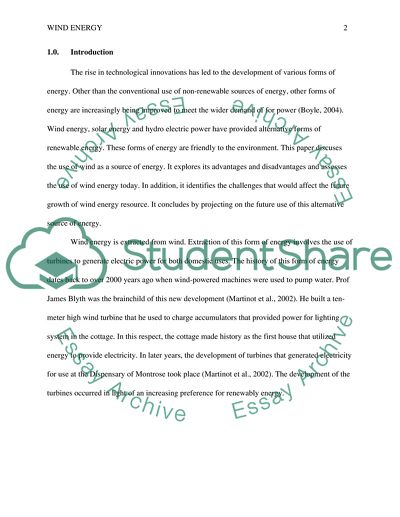Cite this document
(“Wind Energy Essay Example | Topics and Well Written Essays - 4500 words”, n.d.)
Wind Energy Essay Example | Topics and Well Written Essays - 4500 words. Retrieved from https://studentshare.org/engineering-and-construction/1668014-wind-energy
Wind Energy Essay Example | Topics and Well Written Essays - 4500 words. Retrieved from https://studentshare.org/engineering-and-construction/1668014-wind-energy
(Wind Energy Essay Example | Topics and Well Written Essays - 4500 Words)
Wind Energy Essay Example | Topics and Well Written Essays - 4500 Words. https://studentshare.org/engineering-and-construction/1668014-wind-energy.
Wind Energy Essay Example | Topics and Well Written Essays - 4500 Words. https://studentshare.org/engineering-and-construction/1668014-wind-energy.
“Wind Energy Essay Example | Topics and Well Written Essays - 4500 Words”, n.d. https://studentshare.org/engineering-and-construction/1668014-wind-energy.


